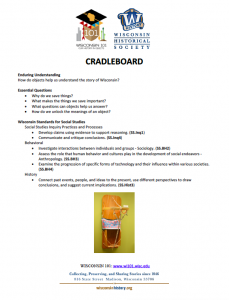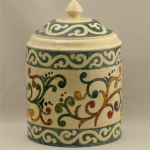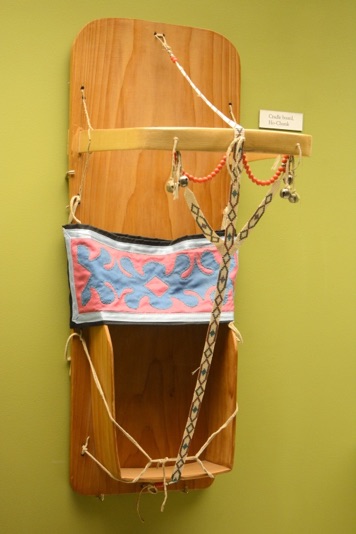 Native Americans used cradleboards in North America to protect, carry, and entertain their babies. Cradleboards allowed women to keep babies close to their side. Women carried cradleboards on their backs. They also could rest them against a tree. The cradleboard protected babies from danger and kept them happy.
Native Americans used cradleboards in North America to protect, carry, and entertain their babies. Cradleboards allowed women to keep babies close to their side. Women carried cradleboards on their backs. They also could rest them against a tree. The cradleboard protected babies from danger and kept them happy.
Native American cultures made cradleboards in many ways, but the basic parts of the cradleboard stayed the same. The most important part of a cradleboard was a frame made from wood or woven material. This supported the baby’s back and head. At the bottom of the cradleboard was a footrest to keep the baby from sliding off. To keep the baby in place, women wrapped soft cloth around the baby and the cradleboard. Some Native women made the cloth themselves, and some traded for it. The cloth also kept the baby warm. To protect the baby from the weather, women also covered the top of the frame with cloth. To entertain the baby, they hung beads or bells from the curved wood of the frame. Native American women sometimes made these beads and bells, and sometimes they traded with the Europeans for them.
In Wisconsin, the Ho-Chunk tribe used wooden cradleboards to carry babies. For a very long time, the Ho-Chunk lived in villages across southwestern Wisconsin. In 1874, they signed a treaty with the United States. Now, the Ho-Chunk Nation has reservations in Baraboo, Madison, and other places throughout the state. The headquarters of the Ho-Chunk tribe is in Black River Falls, Wisconsin. Many tribal members live outside the reservations, in cities and towns in Wisconsin and across the United States.
In the past, cradleboards helped women in Wisconsin finish their work. For example, the women of the Ho-Chunk tribe mined galena, or lead. Cradleboards let women have their hands free to gather lead. The Ho-Chunk melted lead to make body paint, and saved some pieces for burial. They also traded lead with Europeans.
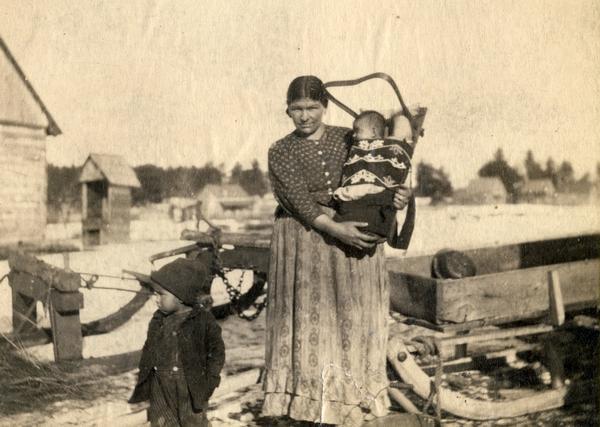
Cradleboards also helped women pick cranberries. Because women gathered cranberries by hand, they needed both hands to pick quickly. The cradleboard allowed women to use both hands to pick berries. If the cradleboard leaned against the tree, the women could still see their babies and the baby couldn’t crawl away.
Cradleboards helped parents. Babies were able to experience their surroundings through sight, smell, and hearing while staying safe. The cloth, beads, and bells are clues in finding out which tribe made each cradleboard. Sometimes Native American girls would make cradleboards for their dolls. These dolls followed the customs of their tribe.
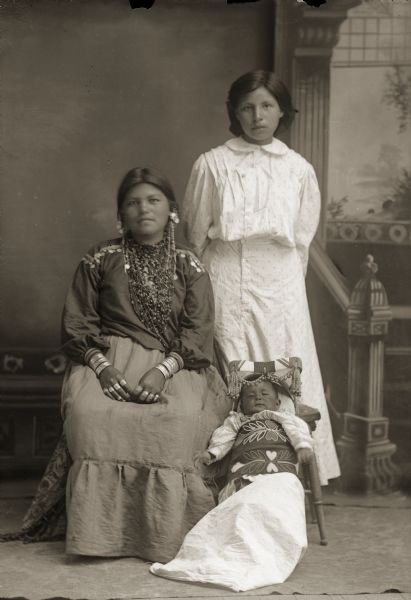
This story is part of the Wisconsin Historical Museum Mini Tour
Written by Joy Huntington, November 2018.
Downloard Cradleboard Lesson Plan

